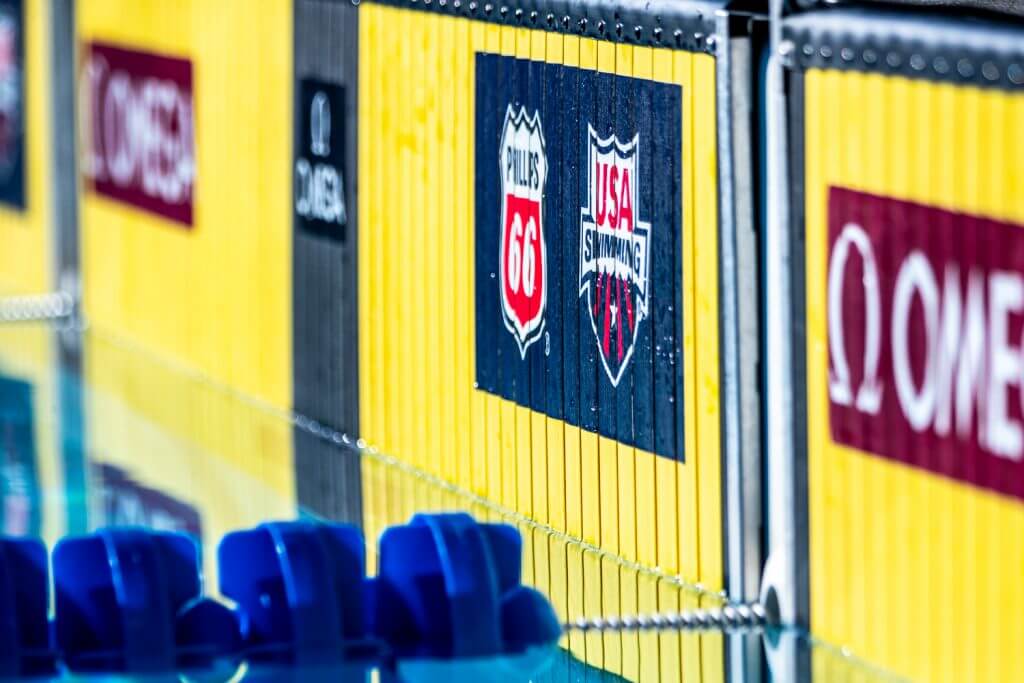USA Swimming Giving Meet Sanctioning Controls to LSCs in October

In a letter to members Tuesday, USA Swimming announced that effective Oct. 1, it will allow local swimming committees (LSCs) to resume sanctioning meets.
The USA Swimming Board of Directors voted Monday to allow two stipulations to lapse as of Sept. 30: The geographic restrictions on meet sanctioning, and the centralization of meet sanctioning powers to USA Swimming, which had been in place since the return to swim from the initial COVID-19 shutdown in the spring. That means LSCs can sanction meets and compete against athletes from other LSCs, opening the path for greater normalcy.
From the letter:
To be clear, this is not a mandate from USA Swimming to LSCs to sanction competitions, but rather returns authority over the process to the LSCs to make informed decisions within their respective regions. It is critical that our LSCs, teams, and facilities work together to ensure safe environments in which to hold practice and competition. For a sanction to be granted the meet plan must address all current safety requirements.
USA Swimming announced in May, as clubs in the U.S. were tentatively returning to training and looking toward restarting competition, that it would maintain control over sanctioning meets through at least June 30. Limited sanctioning powers were restored to the LSCs in July and August, with controversy arising over the counting of times in July. The sanctioning changes and geographical restrictions fueled USA Swimming’s Virtual Meet Simulator tool, which provided a pathway to compare times from unsanctioned meets and create virtual competitions. For September, USA Swimming widened the radius for competition to include conditions for adjacent LSCs.
Tuesday’s announcement sets forth a timeline for those restrictions to be lifted and for LSCs to resume control over sanctioning meets. It does not, however, absolve clubs and LSCs from having to follow safety procedures and best practices.
From the letter:
All safety precautions previously put in place will remain in full effect. Above all else, it is important to remember that all training and competition must conform to local, state, and federal public health guidelines.
It is every individual’s responsibility to make best efforts to stay safe in order for their athletes and teams to continue practicing and competing.



